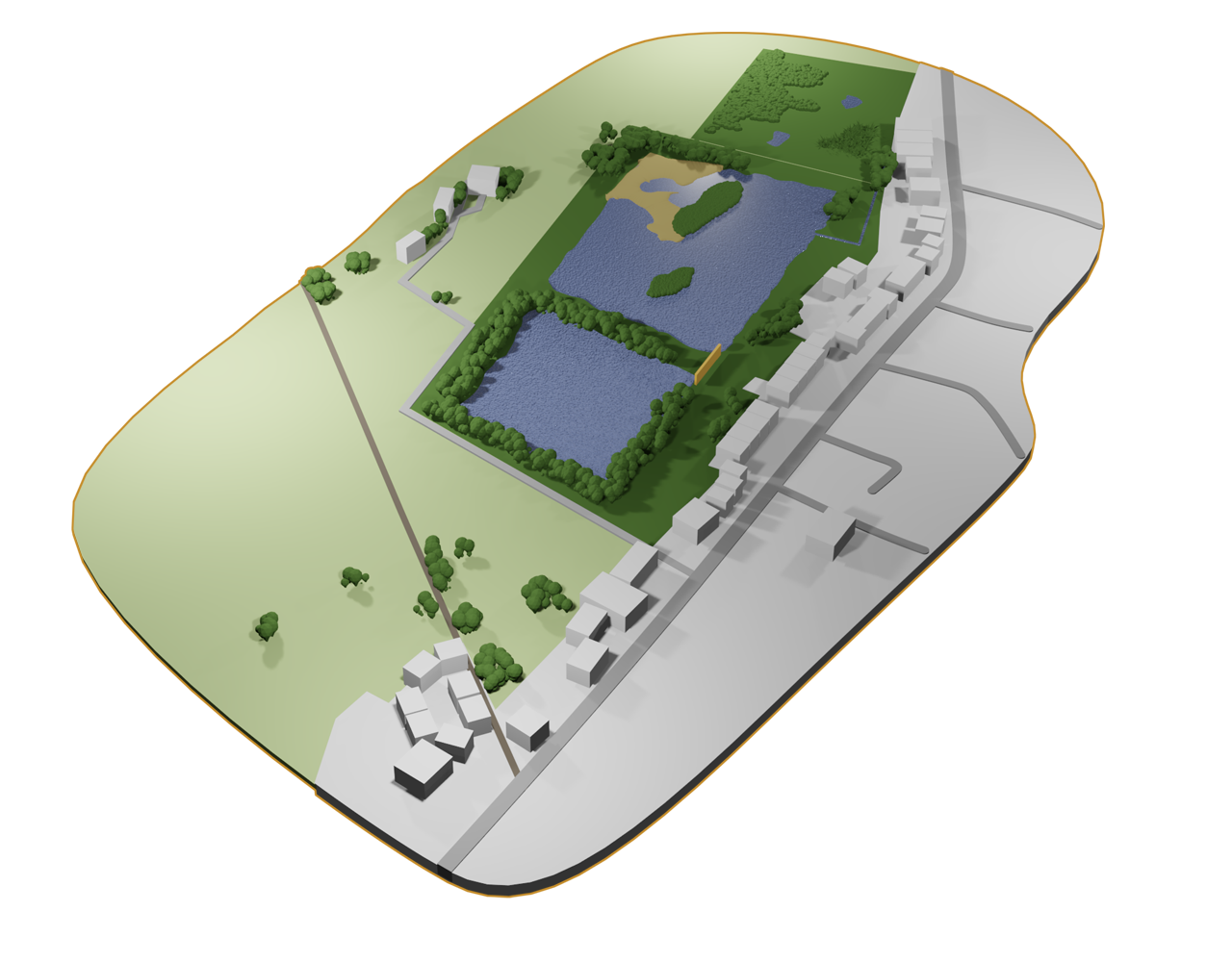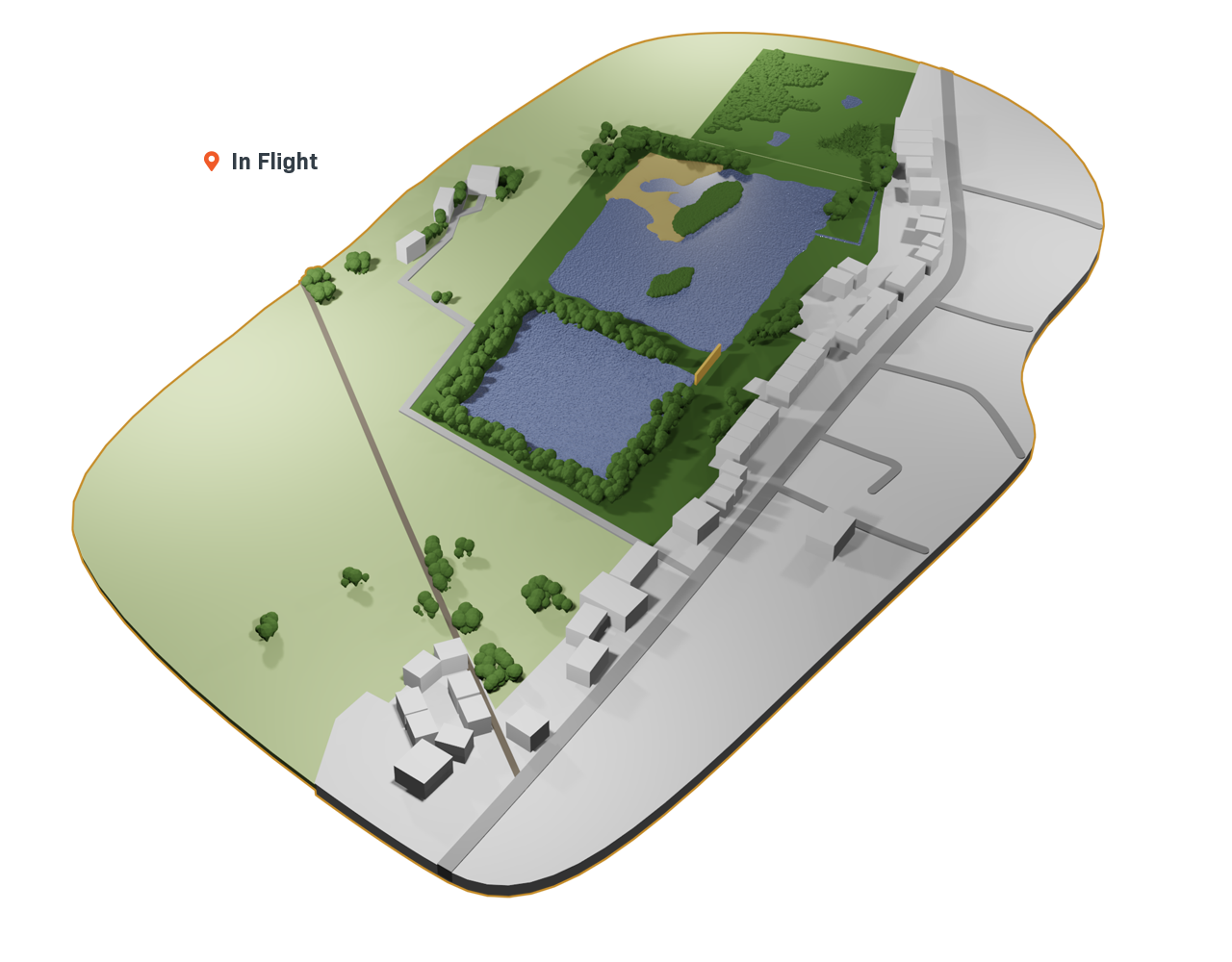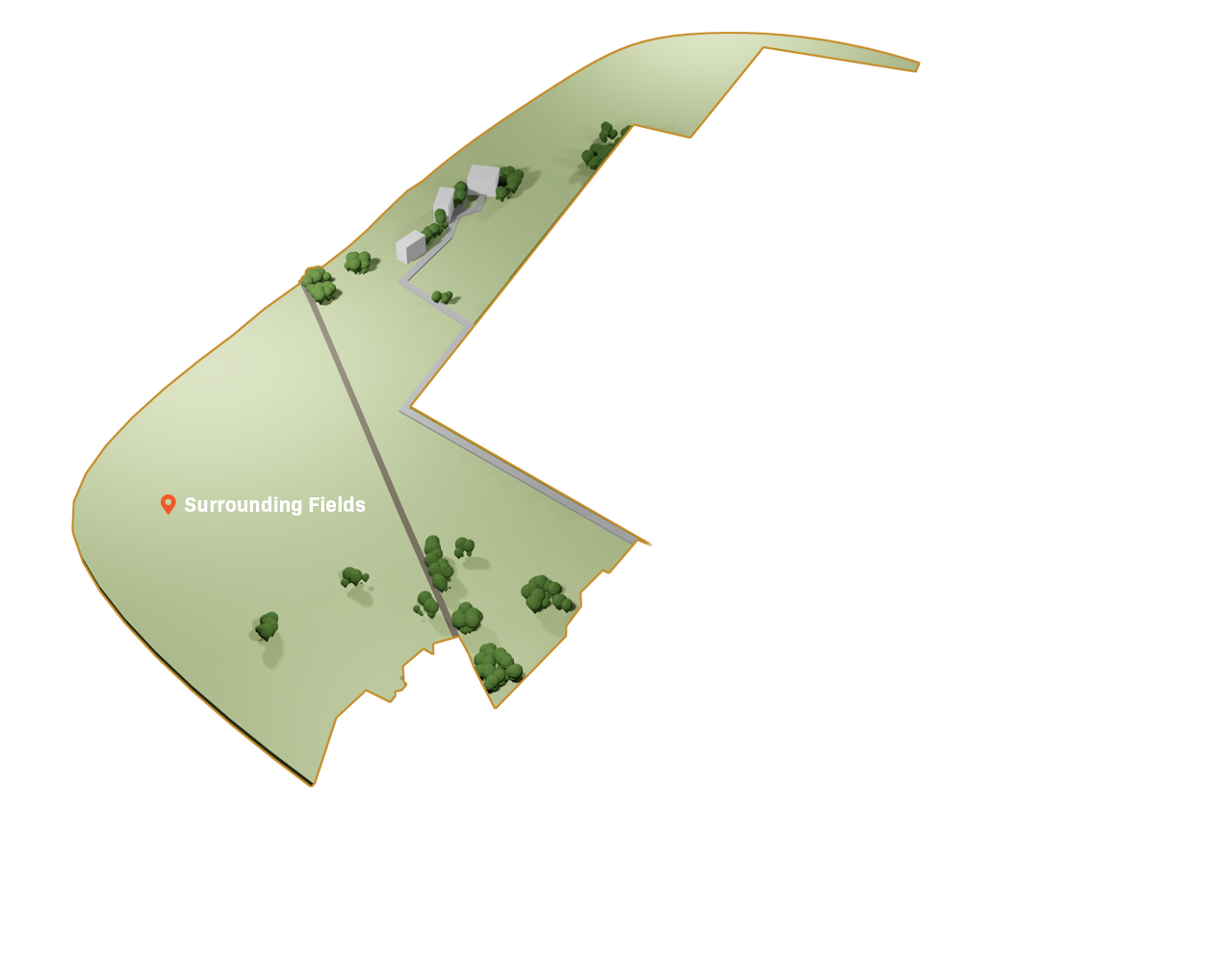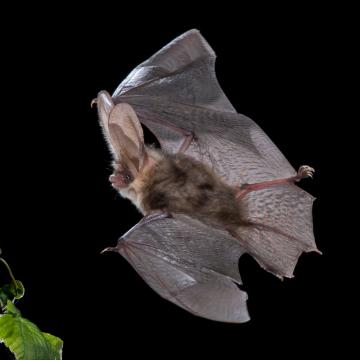Plecotus auritus
Frequent
Summary
It is only recently that this bat has been identified on the wetlands, following the use of bat detectors.
As the name suggest, it has extremely long ears which are nearly as long as its body.
It is most likely to be seen on the wetlands between April and October when it comes out at dusk to feed on insects in the surrounding trees and gardens.
This bat roosts in holes in trees and old buildings, as well as the bat boxes which are placed around the wetlands.
Brown Long-eared Bat facts and statistics
• Eats insects
• Females form colonies and have just one pup each
• Measures 3.5- 5g in length
• Wingspan between 20-30cm
• Weighs 6-12g
How to identify
Bats can be very difficult to identify unless you are an expert.
The long-earned bat is a bit easier owing to the size of its ears.
It has greyish brown fur, and its style of flight is much slower and more fluttery than other bats.
Conservation status
Protected in the UK under the Wildlife and Countryside Act, 1981.
Habitat
Widespread:
• Wetlands
• Woodland
• Grassland
• Heath and moorland
• Towns and gardens
Ways to help
If you want to support your local bat population, why not buy or build your own bat box. For more information on how to support bats, visit the Bat Conservation Trust.
Brown Long-eared Bat sightings at Grimsargh Wetlands










